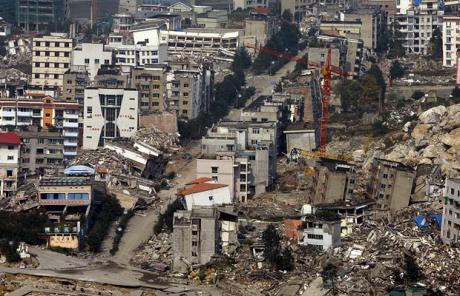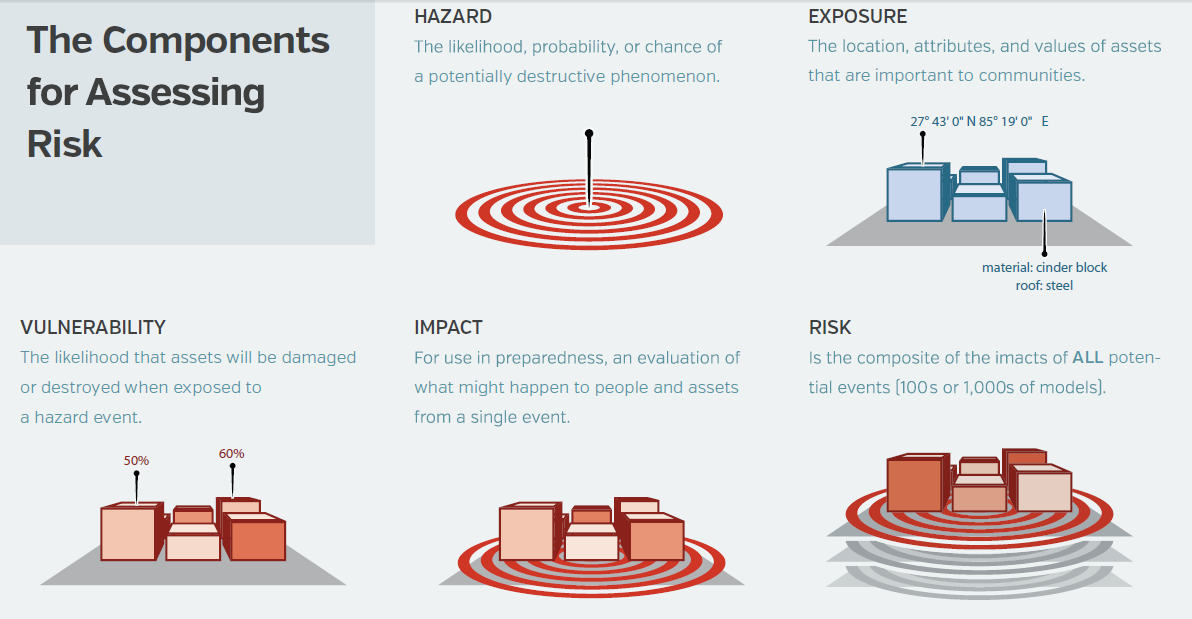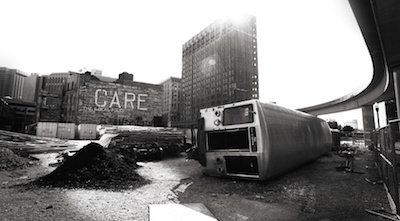Disaster Risk Reduction and Management
Since 1980, low income countries have accounted for only 9% of the disaster events but 48% of the fatalities. Disasters affect the poor and vulnerable disproportionately, especially women, children, the elderly, and those recovering from the impact of conflicts.
There are many aspects of vulnerability, arising from various physical, social, economic, and environmental factors.
Examples may include poor design and construction of buildings, inadequate protection of assets, lack of public information and awareness, limited official recognition of risks and preparedness measures, and disregard for wise environmental management.
It is increasingly recognised that disaster risk and threats to human security cannot be reduced by focussing solely on the hazards.
Thus societies will have to live with changing environmental conditions. Therefore, they need to build resilience by reducing vulnerabilities to hazards.

The Resolve Network Approach to Disaster Risk Reduction and Management (DRRM)
The foundation for DRRM is understanding the hazards, and the exposure and vulnerability of people and assets to those hazards.
By quantifying the risks and anticipating the potential impacts of hazards, governments, communities, and individuals can make informed prevention decisions.
Such information can be used to set priorities for development and adaptation strategies, sector plans, programs, projects, and budgets.
Typical Components of a Risk Assessment
(click image to enlarge)
Supporting International DRRM Frameworks
In 2005, the Hyogo Framework for Action underlined that the starting point for reducing disaster risk is the knowledge of the hazards and the physical, social, economic and environmental vulnerabilities to disasters that most societies bear (UN 2005).
By calling upon RN Associates from a diverse policy, operational, technical or academic background, we can contribute to all aspects of the DRRM cycle, enhancing overall project design and ensuring effective project integration and delivery.
The Sendai Framework for Disaster Risk Reduction 2015-2030 develops the Hyogo Framework even further across four priority areas. Our experience and capabilities enable us to support projects across all four priority areas;
- Understanding disaster risk.
- Strengthening disaster risk governance to manage disaster risk.
- Investing in disaster risk reduction for resilience.
- Enhancing disaster preparedness for effective response and to “Build Back Better” in recovery, rehabilitation and reconstruction.
Risk Information as a Basis for Decision Making
At Resolve-Network, we recognise that risk information provides a critical foundation for managing disaster risk across a wide range of sectors. Our consultants work with clients to identify, quantity and assess disaster risk and to put in place appropriate risk management strategies to deal with it.
Examples include:
In Public Policy, including spatial and urban planning, climate change adaption, infrastructure protection, emergency response and recovery, public warning systems and community safety education
In the insurance sector, the quantification of disaster risk is essential, given that the solvency capital of most non-life insurance companies is strongly influenced by their exposure to natural catastrophe risk.
In the construction sector, quantifying the potential risk expected in the lifetime of a building, bridge, or critical facility drives the creation and modification of building codes.
In the land-use and urban planning sectors, robust analysis of flood risk likewise drives investment in flood protection and possibly affects changes in insurance as well.
At the community level, an understanding of hazard events – whether from living memory or oral and written histories – can inform and influence decisions on preparedness, including life-saving evacuation procedures and the location of important facilities.
Crisis Response and Recovery
We have extensive experience in crisis response and recovery. Our associates bring extensive emergency command and management experience from national and international operations. At a Public Policy level, we have undertaken national audits and reviews of responder capability and advised on legislative and operational frameworks. At an operational level, we have developed Standard Operational Procedures and Training Standards across a wide range of specialist responder disciplines including;
- Incident Command and Control
- Emergency Communications
- Flood Response
- Urban Search and Rescue
- Environmental Protection / Chemical Incident Response
- Fire and Rescue





